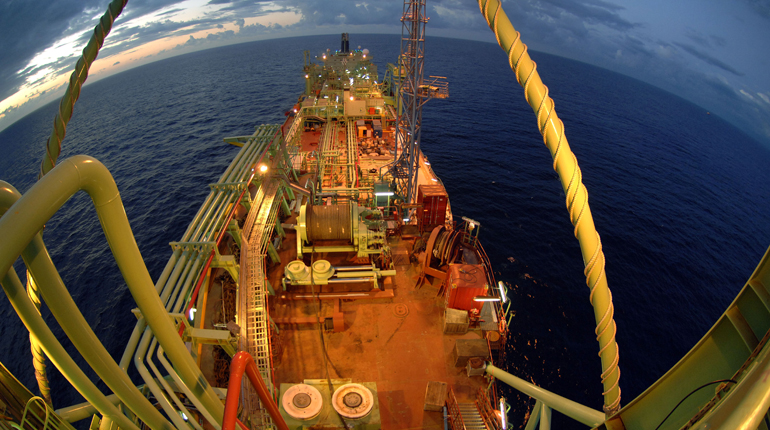Highlights
- Gulf Cooperation Council countries will need more gas to meet growing demand from the petrochemical sector
- The divestment strategies of IOCs in Nigeria's oil and gas sector will cut gas production and exports
- Egypt is set to start importing LNG by the end of Q1 2015, after it signed a binding agreement for an FSRU
Economic overview
The conflict between Shia and Sunni factions in Yemen is moving towards a civil war, endangering LNG exports from Yemen and widening differences between Iran and Saudi Arabia.
Quarterly and annual year-on-year GDP growth rates
| Q1 2014 | Q2 2014 | Q3 2014 | 2014 | 2015 | 2016 | |
| Qatar | 6.2% | 5.7% | *6.5% | *6.5% | *7.7% | *7.8% |
| Egypt | 2.5% | 3.7% | *2.2% | *2.2% | *3.5% | *3.8% |
| Saudi Arabia | 5.1% | 3.8% | *4.6% | *4.6% | *4.5% | *4.4% |
| Nigeria | 6.2% | 6.5% | *7.0% | *7.0% | *7.3% | *7.2% |
| South Africa | 1.6% | 1.0% | *1.4% | *1.4% | *2.3% | *2.8% |
Shia Houthi fighters took control of the capital Sana’a in September and have advanced deeper into the Sunni-controlled southern parts of the country. Yemen’s oil and gas infrastructure has been at the receiving end of the conflict; the most recent incident involved an explosion on the country’s main oil export pipeline at the beginning of November. Southern separatist groups have already given an ultimatum for all foreign firms to stop production and exports of oil and gas by the end of the month.
GGA expects LNG exports from Yemen will decline by 7% in 2015 from the level seen in 2013 – to 6.9 billion cubic metres.
Log in to continue reading...
To continue reading this article, you must have an active subscription. By logging in or signing up for a free trial, you are agreeing to our terms and conditions, privacy policy and cookie policy.



